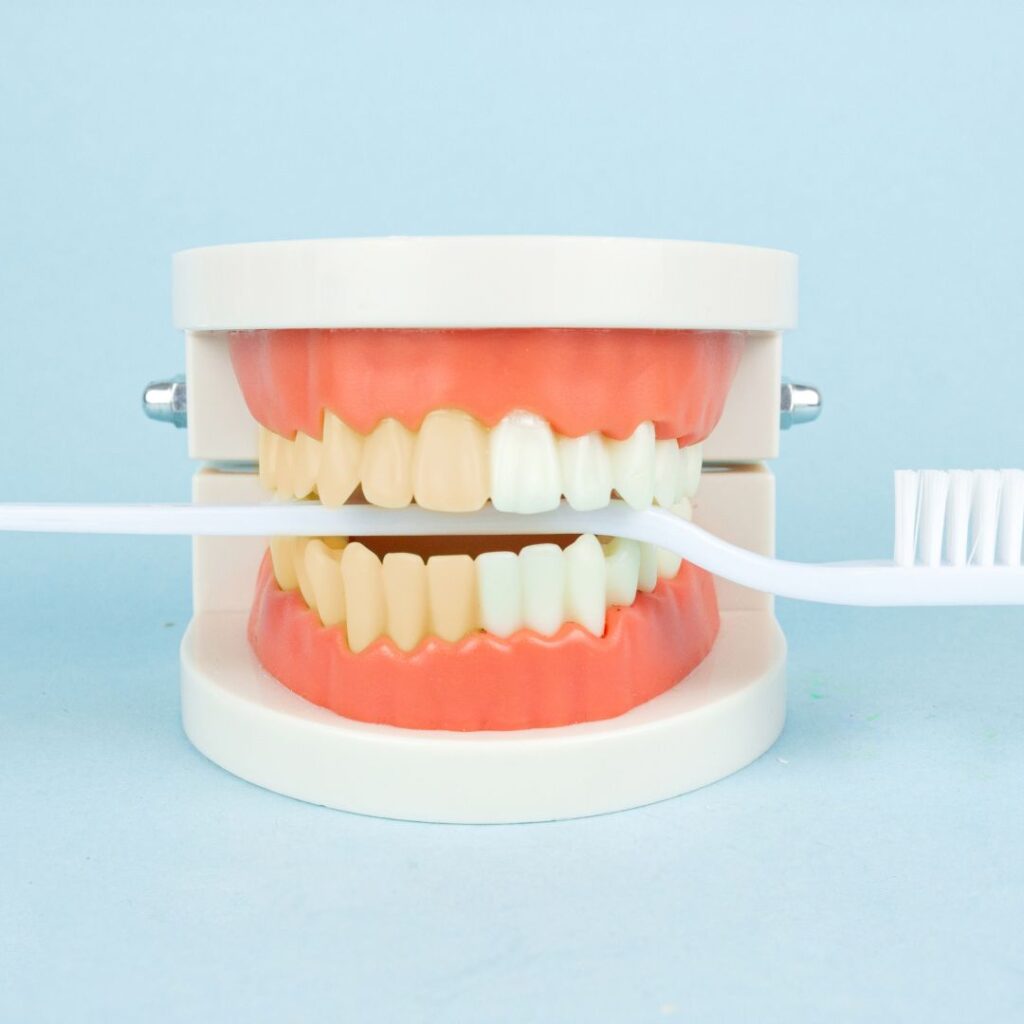Are You Whitening Your Teeth Too Much?

Today, with the help of social media influencers and celebrities, super-white smiles have become trendy, and people have been turning to a variety of techniques to make their choppers the best and the brightest. The reassuring news, according to an expert at Tufts University School of Dental Medicine (TUSDM), is that in real life, it’s impossible to bleach your teeth to glow-in-the-dark brilliance. But frequent whitening treatments don’t necessarily result in whiter teeth, and some DIY tooth-whitening methods can jeopardize your oral health.
“The problem is that as your teeth get whiter and whiter, they become more translucent, and they get grayer in some respects. You’re just bleaching everything out of them and making the enamel brittle,” says Ronald Perry, a professor in the Department of Comprehensive Care at TUSDM.
For some, the quest is unending. “I’ve had a few of those patients,” Perry says. “They’re never satisfied with the results, they want whiter and whiter, and even if they’re in pain, they’ll keep going. I’ve seen it become more prevalent now than ever.”
“It’s not bad to whiten,” he says, “just not too much.
And sometimes, Perry says, whitening isn’t the simple route to a better smile. “A lot of people come to me to have their teeth whitened. And they actually have very white teeth,” he says. The problem is most likely crooked teeth or chipped teeth that detract from a smile’s appearance. In those cases, there are other treatments dentists can provide to remedy things.
Something else to consider: the super-white smiles you see on your screen may not be the result of whitening at all, but veneers or crowns—or the result of Photoshop or a smile-brightening photo filter. Here, Perry explains the basics of tooth whitening and what’s safe, what’s effective, and what won’t make a difference.
How does tooth whitening work?
Professional and many at-home whitening systems use a concentrated hydrogen peroxide or carbamide peroxide gel, which is applied to the teeth. This gel works by breaking down into oxygen molecules, which then penetrate the enamel (the hard covering of the tooth) and the dentin (the layer just beneath the enamel) to break apart the stains.